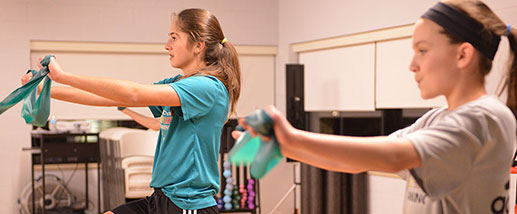Exploring Our Hoop House
November 28, 2023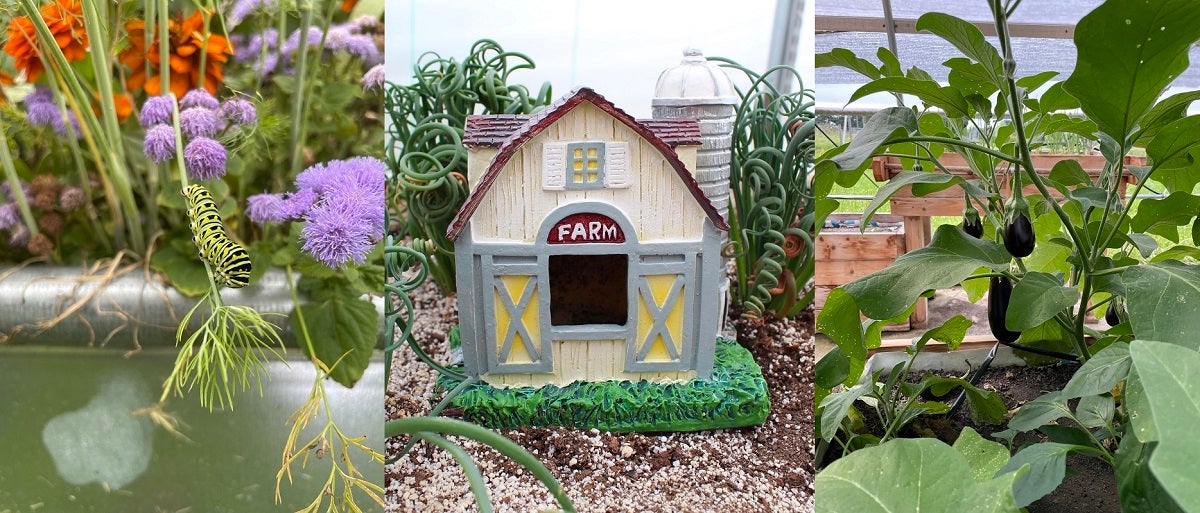
By: The Farm at Trinity Health
Categories: Community Health
A hoop house, also known as a high tunnel, is a simple and cost-effective structure used in agriculture to extend the growing season and protect crops from adverse weather conditions. The basic design consists of a series of metal or PVC hoops covered with greenhouse-grade polyethylene plastic, creating a tunnel-like structure. These structures can be small backyard installations or large-scale agricultural operations, offering several benefits to farmers and gardeners alike.
The Farm at Trinity Health has an accessible hoop house on our Ann Arbor hospital campus that helps connect patients, colleagues, and the community directly to the healing powers of nature. Learn more about our farm share, educational programming, tours, and ways to get involved with The Farm!
Explore The Farm at Trinity Health
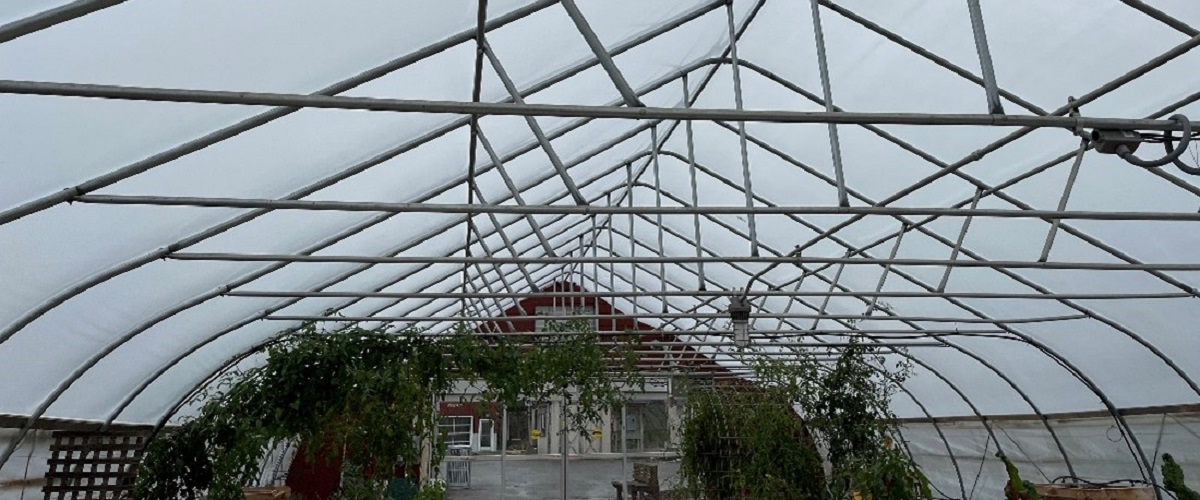
This Building is a Hoop House
Hoop houses are built with curved hoops that hold up a roof made of two sheets of plastic. The plastic sheets create a sort of bubble that insulates the structure.
Hoop houses are not heated; instead, they gather and trap the sun’s energy, which radiates back out slowly after dark. Hoop houses are often warmer than the outdoors.
Our hoop houses have vents above the doors that are connected to a temperature sensor; they open in warm weather to let out heat. We can raise and lower the sides of the hoop houses to control temperature also.
Hoop houses have these benefits:
- Allowing farmers to grow crops year-round
- Providing protection for crops from heavy rains, excessive sun, damaging weather and low temperatures
Can you find the vents above the doors, and the motors that roll the sides up and down?
Explore The Farm at Trinity Health
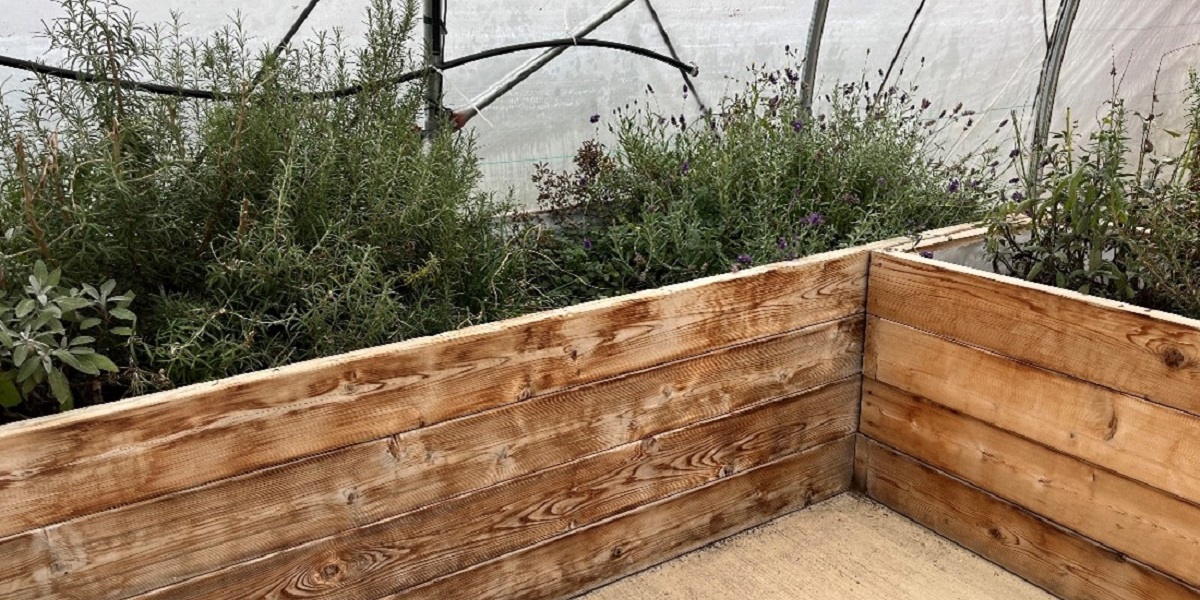
Adapted Growing Spaces
Many of us use a wheelchair, walker, cane, or crutches to move around, or we have limits to how flexible we are. Adapted gardening makes sure everyone has access to growing plants.
The floor surfaces in this building are easier to move around on than the soil in a typical garden.
The growing boxes bring the plants closer to our hands.
The Farm has adapted gardening tools with longer handles that are easier to hold.
What adaptations can you find inside this structure?
Explore The Farm at Trinity Health
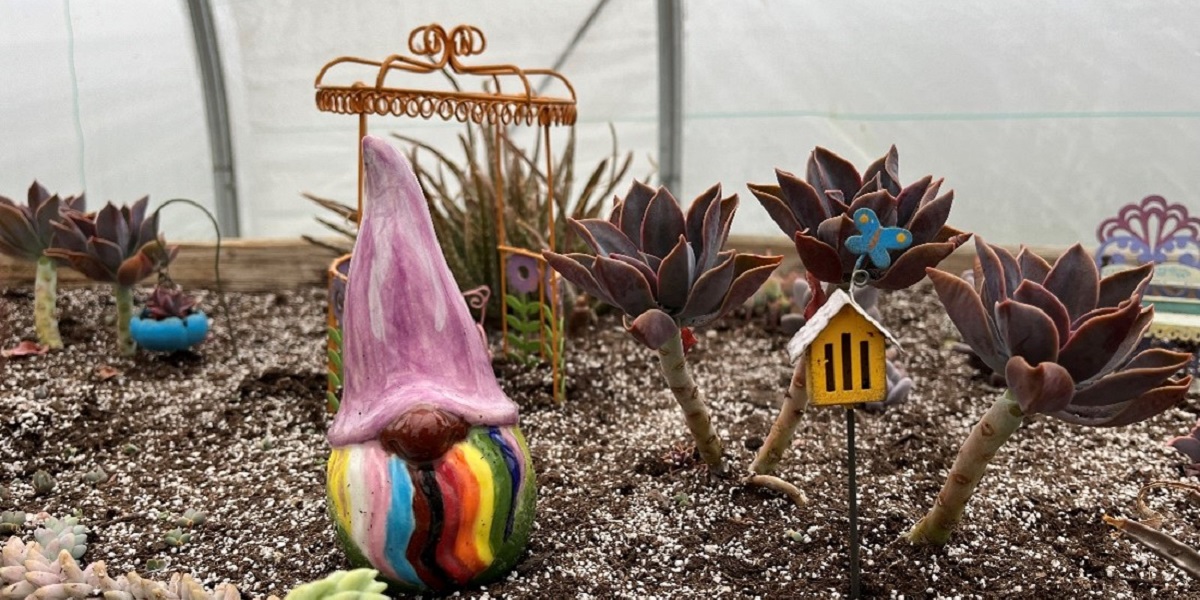
Fairy Garden Plants
Most of the plants in the Fairy Garden are succulents. Succulents are plants that store water in their leaves and stems to survive dry weather in places like deserts.
Did you know all cacti are succulents, but not all succulents are cacti?
Succulents reproduce through:
- Making seeds
- Growing roots from a cutting
- Growing roots from points on the stem
If you have tried growing houseplants but forgot to water them, give a succulent a try; they can survive weeks without water.
Explore The Farm at Trinity Health
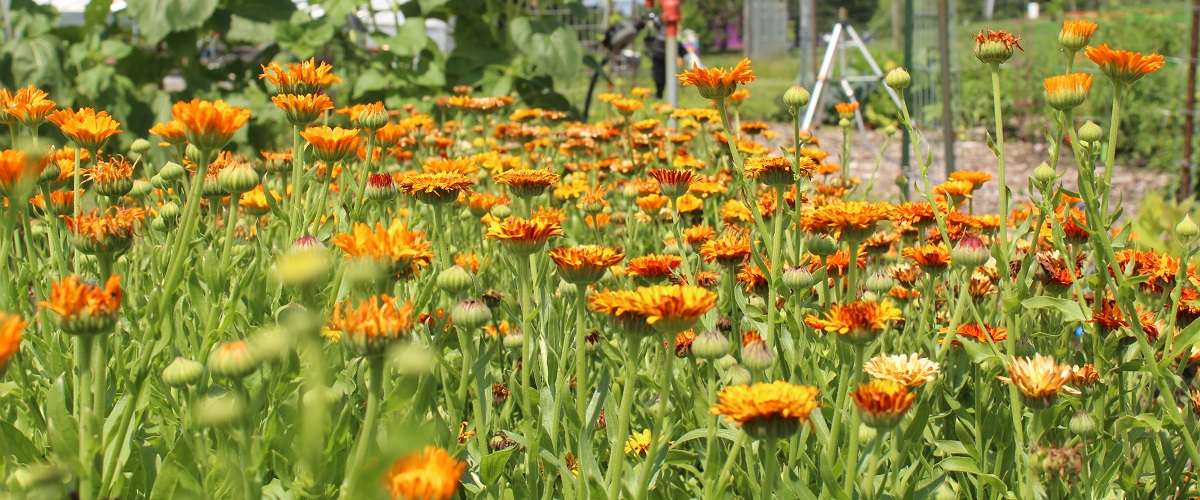
Plant Parts
Plants have these basic parts:
- Roots
- Stem
- Leaves
- Flowers
- Fruit
- Seeds
Can you find all six parts on this grapevine? Why don’t we see all the parts all the time?


